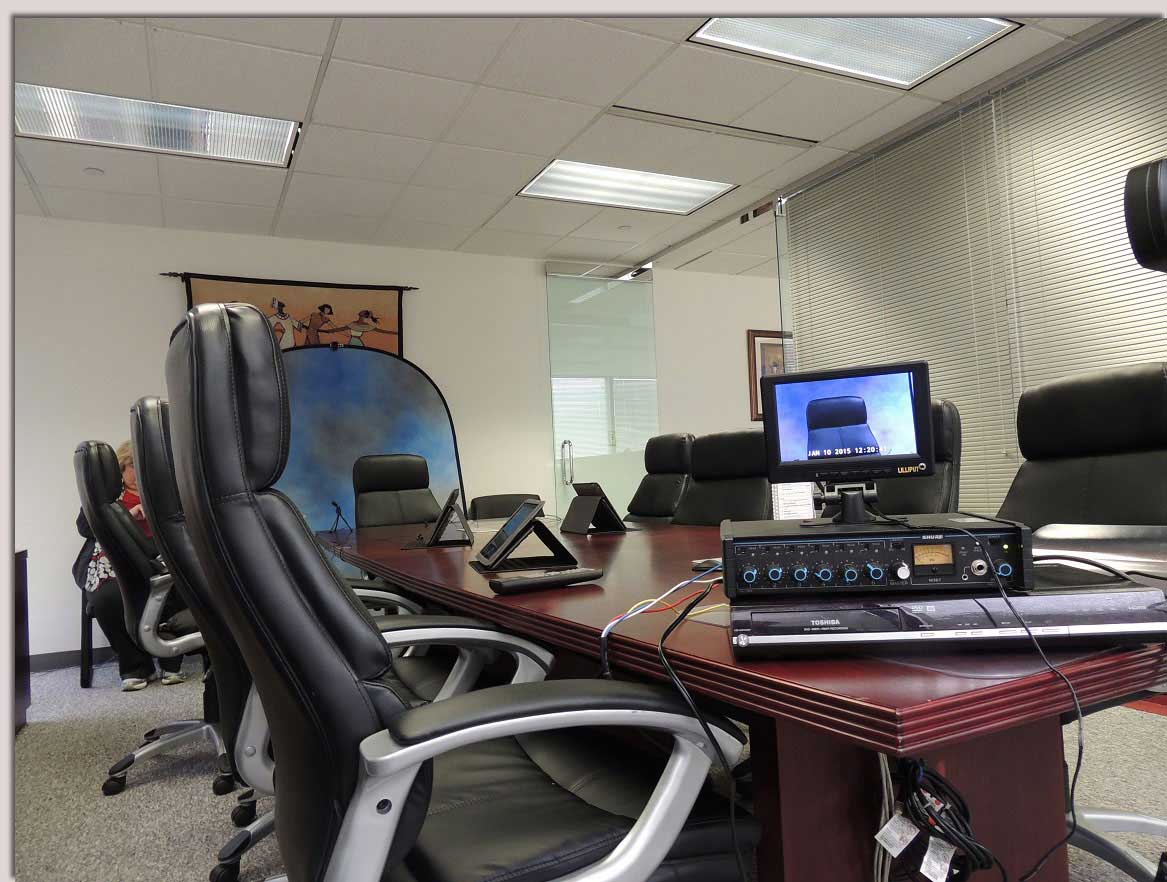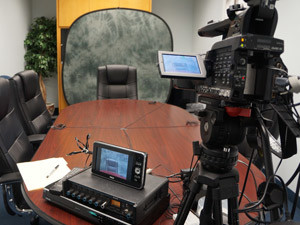Understanding the Role of Legal Videography in the Courtroom
Understanding the Role of Legal Videography in the Courtroom
Blog Article
Leading Advantages of Making Use Of Legal Videography for Depositions and Trials
The assimilation of lawful videography into depositions and tests provides a variety of engaging benefits that can considerably affect the efficiency of lawful process. By capturing witness testimonies in a dynamic style, lawful videography not just enhances the presentation of proof yet additionally reinforces witness credibility through the preservation of both verbal and non-verbal hints. Moreover, the psychological resonance of video can create a more profound connection with jurors, eventually affecting their assumptions. As we explore these advantages additionally, the implications for legal method and courtroom characteristics become increasingly apparent.
Improved Proof Presentation


In the realm of legal proceedings, making use of video recordings has changed the method evidence is provided in court. Lawful videography offers a vibrant and engaging medium for showcasing crucial proof, making intricate information a lot more available to judges, courts, and various other stakeholders. Unlike conventional written records, video clip recordings capture not just the spoken words, yet additionally the nuances of body language, tone, and temperament, which can considerably affect the interpretation of statements and declarations.
Moreover, video evidence enables an extra engaging narrative presentation. Through visual storytelling, lawyers can properly highlight key facets of a case, directing the audience's interest to turning points. This boosted discussion can facilitate a deeper understanding of the context and implications of the evidence being talked about.
Furthermore, the capability to present evidence in a multimedia format can enhance the test procedure, minimizing the moment needed to communicate info compared to prolonged verbal explanations or checking out from transcripts. In general, legal videography plays a critical role in enhancing evidence discussion, making certain that the details is both impactful and understandable, inevitably helping in the search of justice.

Better Witness Integrity
Using legal videography dramatically improves the reliability of witnesses throughout trial process. By supplying a graph of a witness's testimony, legal videography permits jurors and judges to regard the witness's attitude, confidence, and authenticity. This multi-dimensional discussion can considerably affect how the details is received, usually resulting in an extra beneficial impact of the witness.
Furthermore, the recorded video records non-verbal cues, such as body language and faces, which can be vital in sharing truthfulness or emotional deepness. A witness that appears composed and honest is more probable to be viewed as qualified than one that is merely heard with audio. Legal videography also removes the possibility for false impression that can occur with written records, as the aesthetic style offers context that supports the spoken word.
Additionally, the permanence of video evidence strengthens the witness's account, making it extra difficult for opposing celebrations to test the testament's integrity. By integrating legal videography into depositions and trials, lawyers can substantially boost the regarded honesty of their witnesses, inevitably boosting the total effectiveness of their case.
Accurate Deposition Records
Exactly how can precise deposition documents affect the result of a situation? Precise deposition documents play a crucial role in legal proceedings, working as important evidence that shows the credibility and reliability of witness statements (legal videography). These documents supply a verbatim account of statements made during depositions, ensuring that all nuances, inflections, and contexts are maintained. This accuracy is crucial when developing the truths of a situation, as it allows attorneys to reference exact expressions or assertions made by witnesses, reducing the threat of misinterpretation.
Additionally, legal videography boosts the accuracy of deposition documents by catching the aesthetic and acoustic elements of the testament. This consists of body language, tone of voice, and faces, which can provide added context to the talked words. Such detailed records make it possible for attorneys to craft more compelling arguments, as they can quickly confirm claims with direct evidence.
In addition, precise deposition documents can simplify the test process, lessening disagreements over what was stated and permitting a much more efficient discussion of proof. Inevitably, the mix of composed transcripts and video reference clip recordings cultivates a more clear understanding of witness testimonies, dramatically influencing the case's end result.
Psychological Influence On Jurors
Jurors frequently find themselves affected by the emotional weight of the testaments they witness throughout a trial. The visual and auditory aspects of lawful videography boost this emotional resonance, enabling jurors to regard the subtleties of witness expressions, tone, and body language. These aspects play an important function fit jurors' assumptions of trustworthiness and reliability.
When jurors see a witness stating a distressing experience, the emotional gravity captured on video typically elicits compassion and interaction. This can be specifically impactful in situations where the human component is main, such as news accident or family members legislation issues. The ability to get in touch with a witness's emotions cultivates a much deeper understanding of the case, making jurors most likely to associate to the story being presented.
Moreover, video statements can communicate a sense of authenticity that might be shed in composed records or audio recordings. Jurors are not just absorbing details; they are likewise experiencing the story, which can significantly influence their deliberations. By doing this, lawful videography works as a powerful tool to stimulate emotions, eventually guiding jurors towards a much more educated and caring judgment.
Cost-efficient Litigation Tool
Legal videography not only enhances the psychological impact of witness testaments but likewise works as a cost-efficient lawsuits tool. By giving a visual document of depositions and testimonies, lawful videography can substantially minimize the expenses connected with traditional test prep work and discussion.
First, it lessens the need for extensive witness traveling and accommodations. Rather of bringing numerous witnesses to court, their taped depositions can be played throughout the trial. legal videography. This not only reduces travel expenses however likewise permits a much more structured discussion, as lawyers can focus on the most pertinent testimonies
Additionally, lawful videography can restrict the amount of time spent in test. By properly presenting witness accounts and evidence, lawyers can speed up process, which equates to decrease lawyer charges and lowered courtroom prices. The quality and credibility of video recordings typically lead to quicker court decisions, possibly reducing the test duration.
In an age where budgets are progressively scrutinized, making use of lawful videography can provide significant financial savings while enhancing the general top quality of a situation presentation. Its dual advantages of cost-effectiveness and enhanced interaction make it a very useful tool in modern litigation.
Conclusion
In summary, lawful videography substantially enhances the efficiency of depositions and trials. Its capacity to present evidence adequately, enhance witness credibility, and find give precise documents adds to an extra clear legal procedure. The psychological vibration of video recordings involves jurors, promoting a deeper connection to the case story. The affordable nature of legal videography streamlines litigation, eventually supporting the pursuit of justice in a more efficient manner.
Report this page